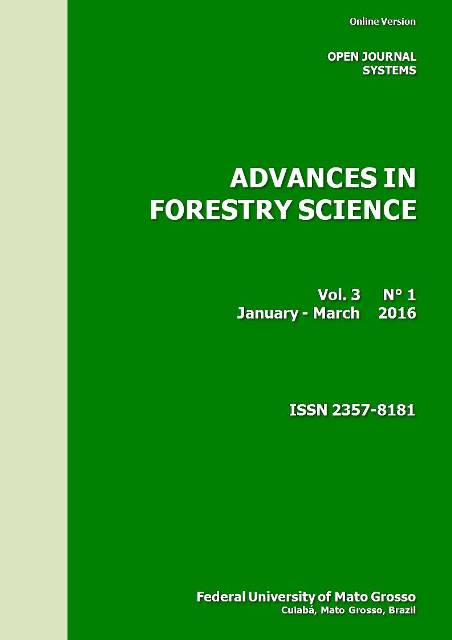Sampling of forest species for genetic studies: vascular cambium storage and efficiency
DOI:
https://doi.org/10.34062/afs.v3i1.3066Keywords:
Cambium tissue, DNA isolation, Field work productivity.Abstract
Genetics studies of tree species using molecular markers usually involve a large number of samples and both the low-cost protocols for DNA extraction and commercial kits were developed for use with leaf tissue samples. However, leaf sampling of tall trees is inherently labour intensive, time demanding, costly and risky. In this context, the objectives of this study were firstly to conduct a comparative analysis of the efficiency (quality, quantity and “shelf-life”) between leaf and lignified tissue samples as sources for DNA analyses, the effects of different storing methods and their “shelf-life” on DNA quality and quantity. For the best alternative tissue, were tested variations in the extraction protocol frequently used for isolating genomic DNA from Eucalyptus leaves. The results showed that the sample storage method have a significant impact on the quantity of DNA obtained along time, and the reduction of salt quantity during the extraction process makes possible to obtain DNA amounts equivalent to leaves, allowing the use of vascular cambium for genetic studies. Our results also showed that process of vascular cambium sampling was at least two times faster than collecting samples from leaves. Our results demonstrate that vascular cambium sampling is an effective alternative to leaf-based sampling, and additionally to a higher efficiency, vascular cambium sampling also is safer and less expensive than leaf tissue sampling. This way, new genetic studies in forest trees can take advantage of this reliable and cost effective methodology.
Downloads
Downloads
Published
Issue
Section
License
All copyright must be assigned to the Federal University of Mato Grosso.

